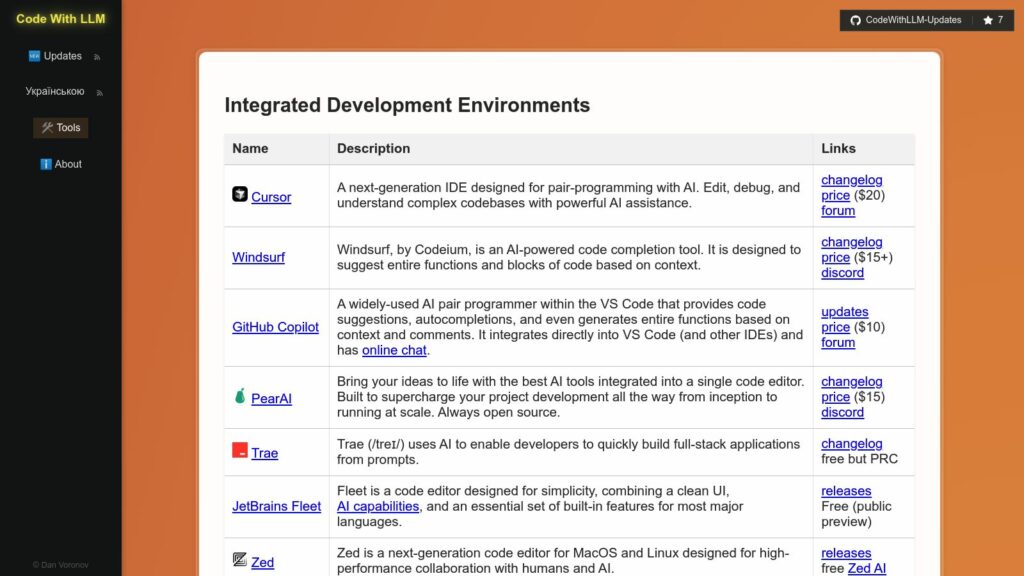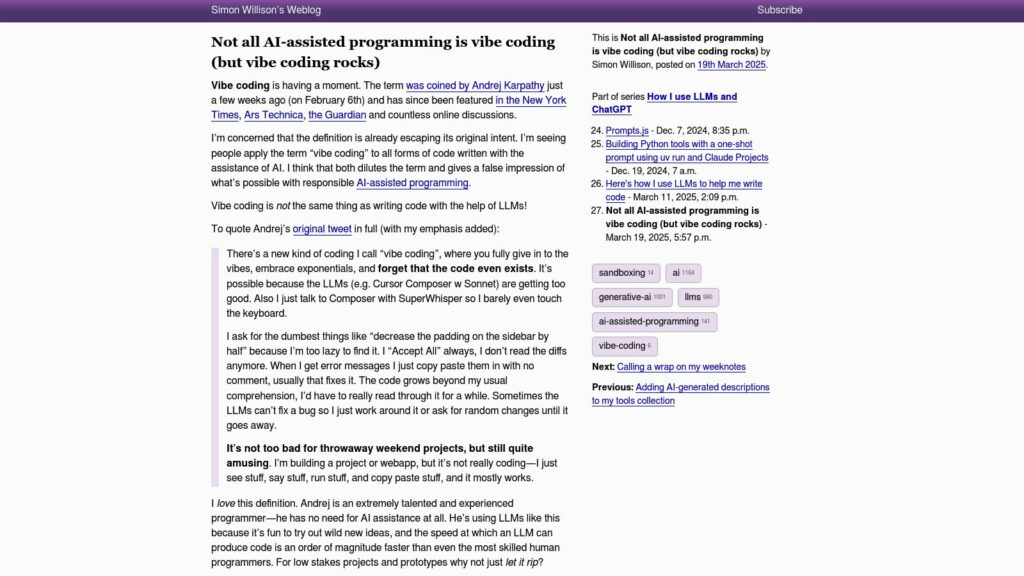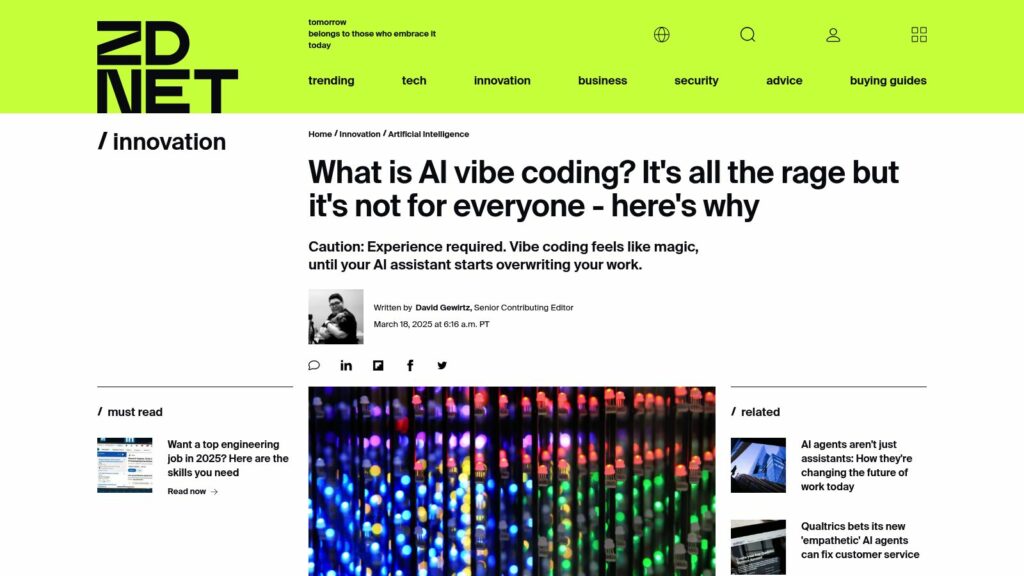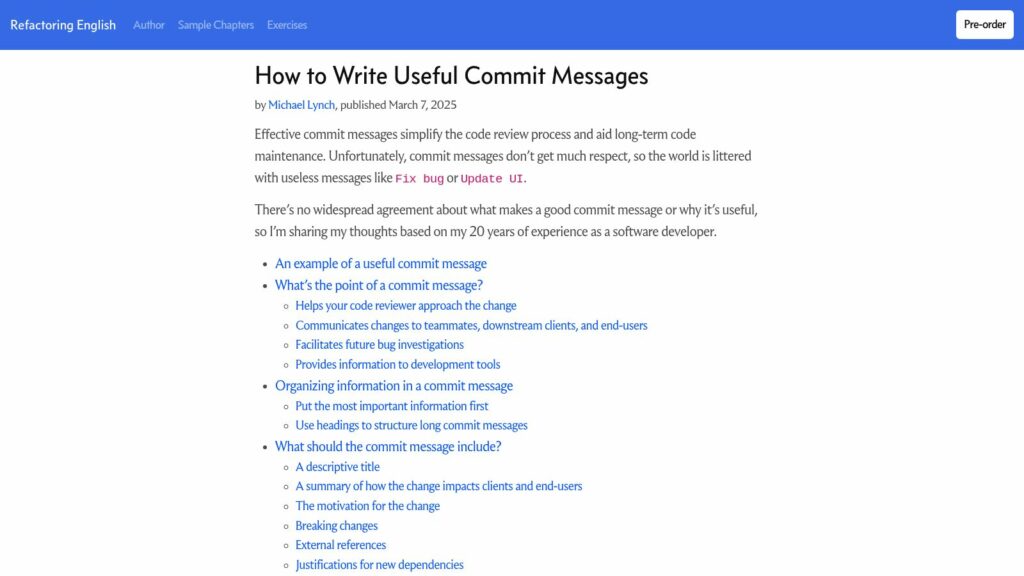What Is Vibe Coding, Should You Be Using AI to Do It, and Does It Matter?
Vibe coding uses AI (like ChatGPT) to generate complete software code for non-programmers. Coined by Andrej Karpathy, it enables users to create apps without programming knowledge, but results can be buggy and unreliable. While some claim it may replace developers, experts assert it won't, as software engineering involves more than just writing code.














